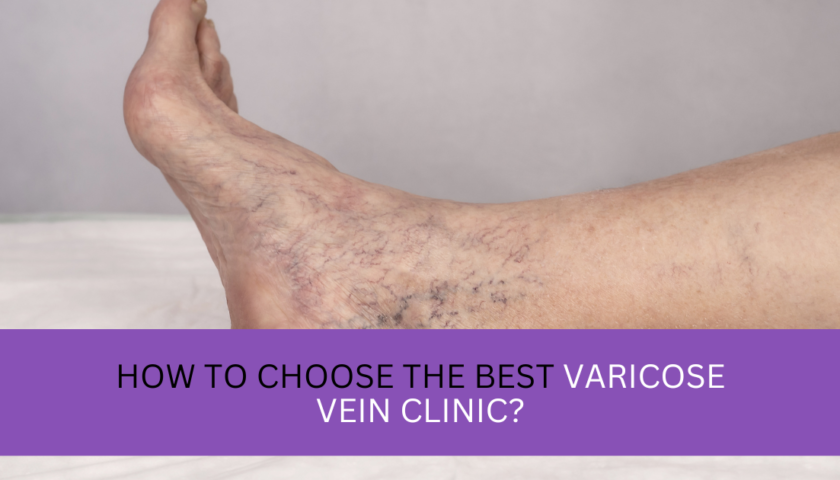PRP Treatment: A Non-Surgical Alternative for Knee Pain Management
Explore PRP treatment as an innovative, non-surgical avenue for effective knee pain management. Discover how this cutting-edge therapy offers relief and promotes healing without invasive procedures.
Knee pain can manifest in various ways, including sharp pain, achiness, a dull burning sensation, uncomfortable swelling, or stiffness. The pain may be more severe at night and can lead to a feeling of knee instability.
Knee pain treatment options depend on the intensity of the pain and the extent of the damage. For mild pain, medications, and physical therapy are more than enough. When it comes to treating symptomatic knee pain, a comparison between arthroscopic knee surgery and platelet-rich plasma (PRP) injection is often considered.
Head-to-head trials have shown that PRP treatment for knee pain provides more long-lasting symptom relief compared to placebo, hyaluronic acid, and cortisone injections. However, the effectiveness of surgery needs to be examined further. Let’s delve into the details to gain more insight.
What causes knee pain?
Knee pain can occur due to injury or gradual wear and tear of articular cartilage, which serves as a protective cushion between long bones.
As the cartilage deteriorates, the smooth surface necessary for proper bone movement is lost. Damaged cartilage can cause friction and catching within the knee joint. Additionally, they can break off and lead to locking and clicking sensations. All of these factors contribute to knee degeneration, accompanied by inflammation and pain.
To address these issues, some surgeons may suggest arthroscopic surgery as the right knee pain treatment option. By utilizing minimally invasive techniques, surgeons can remove loose tissue and improve the articular surfaces, aiming to restore smooth knee motion. The objective is to alleviate symptoms associated with knee osteoarthritis.
Arthroscopic Surgery versus PRP Treatment for Knee Pain: A Comparative Study
In a randomized controlled trial aimed at directly comparing PRP to arthroscopic surgery, researchers assigned 70 patients with KL grade 2 and 3 osteoarthritis to receive either a PRP injection or undergo arthroscopic knee surgery. All participants, aged between 40 to 60 years, had previously failed conservative treatment.
For the PRP group, patients had 20 cc’s of blood drawn and concentrated to produce approximately 4 to 5 cc’s of PRP, containing around 4 billion platelets. Notably, the injections were administered using landmarks rather than ultrasound guidance.
In the arthroscopic surgery group, microfractures were induced in the subchondral bone to stimulate subchondral bleeding. The surgery involved removing damaged portions of articular cartilage, meniscus, and synovial membranes, followed by joint irrigation with a sterile solution.
So, what were the findings? Both arthroscopic surgery and PRP treatment were found to improve function and reduce pain scores in knee osteoarthritis patients.
However, a closer look at the comparative results reveals that the arthroscopic surgery group had worse functional scores (as measured by the WOMAC osteoarthritis index) and higher pain scores (based on the visual analog scale) at all follow-up periods (3 months, 6 months, and 9 months) compared to the PRP group.
The authors further note that, by the 9-month mark, the PRP group experienced a 9% reduction in functional scores, while the arthroscopic debridement group saw no reduction. Similarly, at the final follow-up, the PRP group had an 8% reduction in pain scores compared to the surgery group’s 3%.
This study contributes to the growing body of evidence supporting the effectiveness of PRP for symptomatic knee osteoarthritis. While various treatments for arthritis have been compared head-to-head with PRP, this study stands out as one of the few directly comparing PRP to arthroscopic debridement.
On the other hand, surgery involves the use of general anaesthesia. Hence, you may experience adverse side effects. This knee pain treatment is more expensive as it involves a prolonged hospital stay and extensive rehabilitation sessions post-surgery.
Not only does PRP treatment yield better functional improvements and pain scores, but it is also a simpler and lower-risk procedure. It involves a straightforward blood draw and a quick office-based injection, lasting approximately 40 minutes.
In contrast, arthroscopic surgery carries the inherent risks associated with any surgical procedure, such as infections, blood clots, and complications. Additionally, the post-operative rehabilitation and recovery time should be considered.
Furthermore, the removal of the meniscus during surgery poses a long-term risk, as studies indicate that its absence increases the likelihood of further wear and tear and future osteoarthritis. Hence, this study emphasizes the favorable outcomes and convenience of PRP compared to arthroscopic surgery for knee pain treatment.
Efficiency of PRP treatment for Knee Pain
Another research study at hand presents an interesting point. Some argue that the results could have been improved further. They utilized a 20 cc blood draw, yielding approximately 4 billion platelets. However, more advanced kits can process 50-60 cc of blood, resulting in 8-10 billion platelets.
Similar studies indicate that administering around 10 billion platelets could lead to even greater functional improvements, prolonged pain reduction, and sustained effects for up to a year. Contrarily, the study we just examined discovered that a single injection of a lower dose PRP, containing 4 billion platelets, only provided pain relief for less than 9 months.
Additionally, the authors opted for landmark-based injections of PRP instead of utilizing ultrasound guidance. It is worth noting that landmark-based knee injections have an accuracy as low as 55%, while ultrasound-guided injections boast an accuracy between 96 to 100%.
This raises questions about the potential outcomes if the authors had used closer to 10 billion platelets and administered the PRP treatments with ultrasound guidance.
Despite these limitations, the authors reported that PRP treatment for knee pain yielded superior results compared to arthroscopic surgery.
The Upshot?
PRP treatment for knee pain is a minimally invasive same-day procedure that involves a quick recovery period. You don’t need to stay in the hospital for a prolonged duration. Since it utilizes only local anaesthesia, you may get only minor pain or swelling at the injection site which will disappear over time. This PRP treatment for knee pain is comparatively less expensive with no extensive rehabilitation sessions post-surgery.
On the other hand, surgery involves the use of general anaesthesia. Hence, you may experience adverse side effects. This knee pain treatment is more expensive as it involves a prolonged hospital stay and extensive rehabilitation sessions post-surgery.
Hence, it is advised to consider PRP treatment for knee pain before going under the knife.





